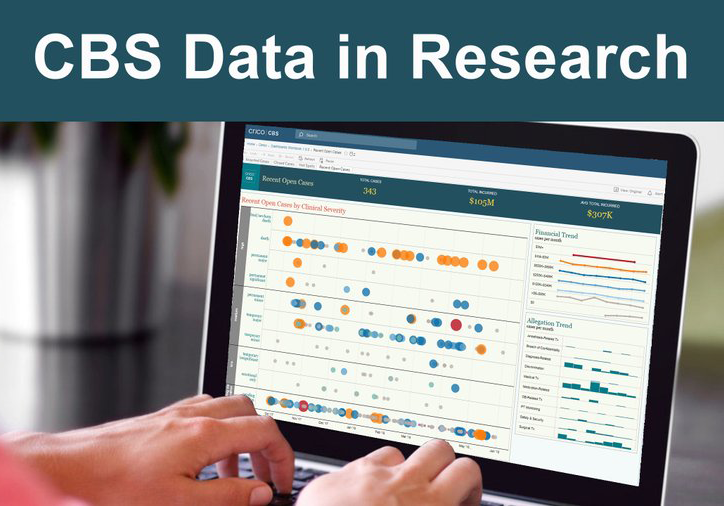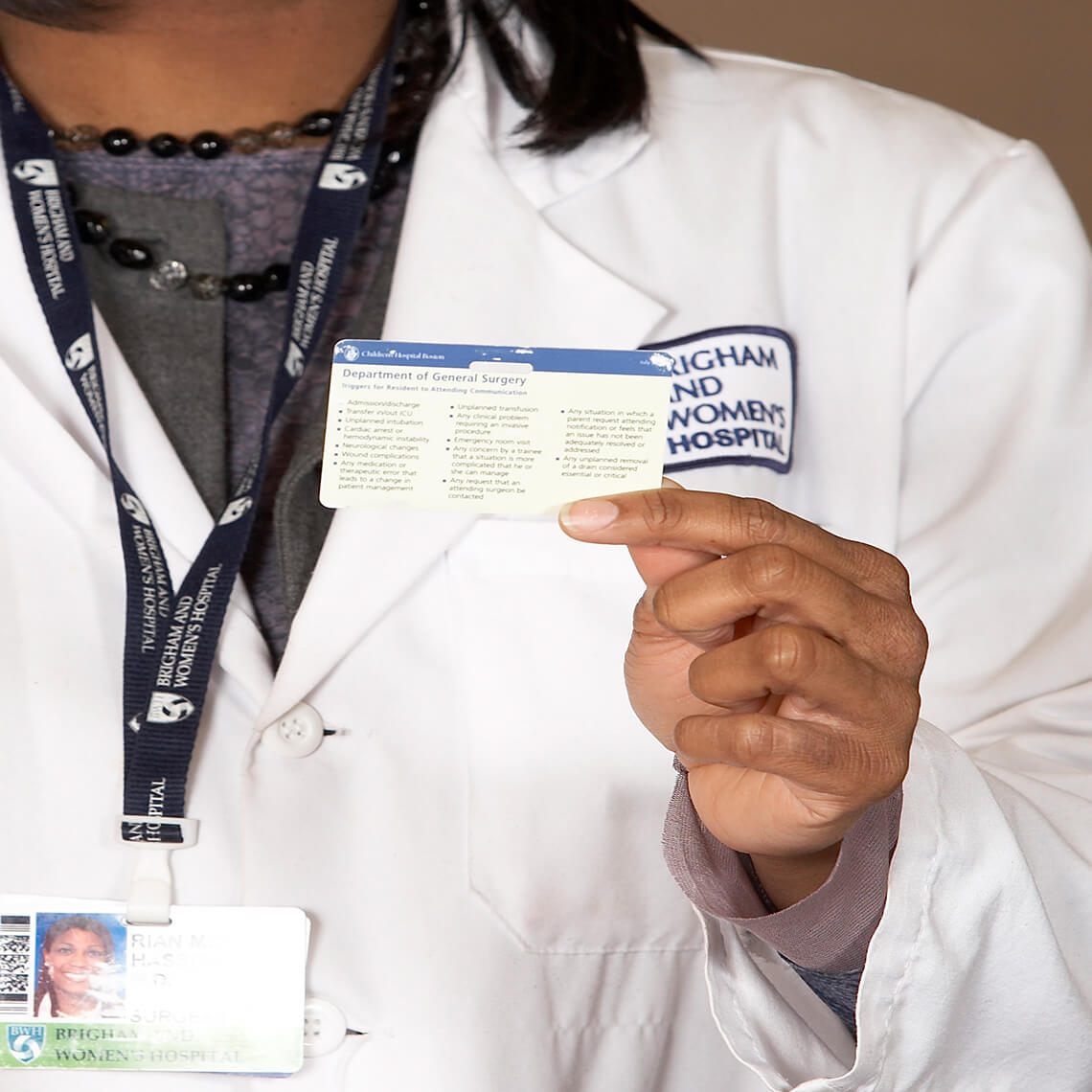Blog Post
Candello Data in Peer-Review Publications 2020

Our colleagues are dedicated to learning from and sharing insights from analyses they conduct using Candello data. In addition, researchers contact us to query Candello as it is a credible data source that provides deep insights into patient safety vulnerabilities, medical malpractice trends, and more. Research topics might be a targeted topic, such as endoscopic perforations, or exploring previously learned insights with additional data sources, like the article that published in Diagnosis (below).
In 2020, we were humbled to receive the American Society for Healthcare Risk Management (ASHRM) Writing Excellence Award for an article that published last year its journal, Healthcare Risk Management. The award was established in 1991 to recognize journal articles with exceptional technical merit and practical value. This award validates our mission to learn from and share best practices to improve patient safety and reduce risk.
Below are a few journal articles published in 2020 that leveraged insights from Candello.
Journal of American Gastroenterology | September 2020
Do Nontechnical Skills Affect Legal Outcomes After Endoscopic Perforations?
Researchers analyzed malpractice claims from Candello to determine the association of technical and nontechnical skills of endoscopists with indemnity payments to patients after endoscopic perforations. Read more>>
Academic Medicine | August 2020
An Examination of Medical Malpractice Claims Involving Physician Trainees
Study authors performed a case-control study using closed medical malpractice claims from Candello. They concluded that, “among claims involving physician trainees, procedures were common and often associated with inadequate supervision.” Authors recommend that the training directors of surgical specialties can use insights from this study to improve resident supervision policies. Read more >>
Journal of Clinical Anesthesia | May 2020
A Closed Claims Analysis of Vocal Cord Injuries Related to Endotracheal Intubation Between 2004 and 2015
Brigham and Women’s Hospital researchers worked with CRICO Strategies to analyze data from Candello to better understand claims against anesthesiologists for vocal cord injuries that occurred during endotracheal intubation. Read more >>
Journal: Diagnosis | May 2020
Rate of Diagnostic Errors and Serious Misdiagnosis-related Harms for Major Vascular Events, Infections, and Cancers: Toward a National Incidence Estimate Using the “Big Three”
Prior research based on Candello data found that fifteen conditions related to vascular events, infections, and cancers (the ‘Big Three’) account for approximately half of all serious misdiagnosis-related harms. Continuing to explore that line of study, researchers from Johns Hopkins University School of Medicine and co-authors performed a focused literature review of 28 studies representing over 91,000 patients to measure diagnostic error and harm rates for the 15 conditions identified in the 'Big Three' study. Read more >>
Journal of Patient Safety | March 2020
Evidence That Nurses Need to Participate in Diagnosis Lessons From Malpractice Claims
Researchers analyzed data in Candello to better understand the contributing factors in diagnosis-related and failure-to-monitor malpractice claims in which nurses are named the primary responsible party. With this understanding, researchers describe actions healthcare leaders can take to enhance the role of nurses in diagnosis. Read more >>
Journal of Patient Safety | March 2020
The Effect of Clinical Volume on Annual and Per-Patient Encounter Medical Malpractice Claims Risk
Study authors set out to examine the relationship between medical malpractice risk and clinical volume of physician practice on an annual and per-patient basis. They analyzed health insurance charges linked at the physician level to malpractice claims data from malpractice insurer, CRICO. Authors concluded that “clinical volume is a crucial determinant of physician malpractice risk, with higher-volume physicians having higher annual risk but lower per-encounter risk. Read more >>
See our complete listing of peer-review articles that leverage Candello data
Originally published on the Candello Blog. Also, CRICO Strategies and CBS references were updated to Candello on 9/18/2025.
Related Blog Posts
Investing in Patient Safety


Mind the Gaps: Learning How to Avoid Miscommunication Pitfalls
January Safety Salute | MedStar Health Creating a Just Culture

